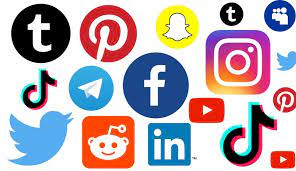Nuance Audio is a new option for people who resist traditional aids, from the company that makes Ray-Bans and operates LensCrafters.
Seekers of Meaning Podcast Posted Online March 7, 2025
What's Next Longevity Deal Talk Episode 32, January, 2025
Presentation: What's Next Longevity Venture Summit, June, 2025

 Shining a harsh light on Facebook – the company. Founded by a near-teenager in 2004, the company is a
Shining a harsh light on Facebook – the company. Founded by a near-teenager in 2004, the company is a  Nobody wants to live in a nursing home. Yeah, yeah. We get it. The NY Times
Nobody wants to live in a nursing home. Yeah, yeah. We get it. The NY Times  We should not accept that we are the product, always sharable. From
We should not accept that we are the product, always sharable. From  Broadband penetration among adults in the US – is the job done? According to Parks Associates,
Broadband penetration among adults in the US – is the job done? According to Parks Associates,